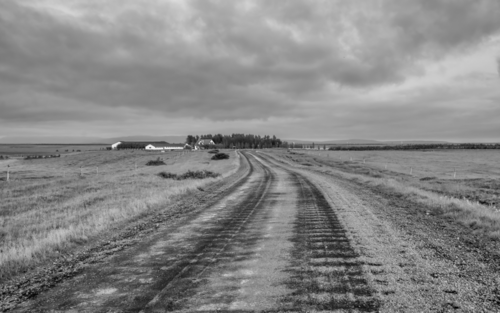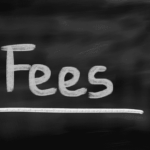Country Roads
Have you ever traveled along country roads in North Dakota and wondered: “Why do I feel like I’m driving on a big grid?” The reason goes back to a time before statehood under the Land Ordinance of 1785, which provided for the survey of all public land into townships six miles square. Each township was divided into 36 sections, each section was one square mile. Once North Dakota became a state in 1889, the legislature declared each section line was open for public travel and each section line was 66 feet wide.
But what about those country roads that aren’t along a section line or aren’t designated as a township, county, state, or federal road? Are those open to the public or are they private roads? The answer depends on how long the road has been used and who uses it.
Roads By Prescriptive Easement
Generally speaking, an easement is a legal right to use another’s property for a specific purpose. Oftentimes easements are made with the consent of the landowner (the burdened party) to provide the user (the benefited party) with access to and use of private land. An easement allows the user the right to travel across private land that is not otherwise open for public use. The landowner still maintains all private land rights to prevent access and use by any other person. An easement may be created by an express grant or contained in a written document. Or an easement may arise over time.
In North Dakota, over a period of time, the general public can establish a public easement across private land. This is called a prescriptive easement. The prescription process requires constant use over many years. Dating back to the Territorial Code of 1877, “all public highways which have been or may hereafter be used as such for twenty years or more shall be deemed public highways.” To establish a road by prescription, there must be general, continuous, uninterrupted, and adverse use of the road by the public for at least 20 years.
This long-standing common law rule is codified in North Dakota Century Code § 24-07-01:
All public roads and highways in this state which have been or which shall be open and in use as such, during twenty successive years, hereby are declared to be public roads or highways and confirmed and established as such whether the same have been laid out, established, and opened lawfully or not.
This principle allows the public to travel across private land if specific conditions are met.
- Open use. The public’s use of the road must be visible and apparent. This doesn’t require constant use, but the road should be regularly used for its intended purpose.
- Continuous use. The use is regular. Or, there are not long periods of time when the road is not used by the public. Continuous use doesn’t mean every day, but it likely means more than once per year.
- Adverse use. The public’s use of the land must be adverse to the landowner. This means the public is using the road without the landowner’s permission as if the road were already public land.
- Use for 20 years. Each of the uses above will have to occur over a period of 20 years. This is long enough to establish open, continuous, and adverse use by the public on private land.
Prescriptive easements are not limited to country roads. Prescriptive easements can also be established within towns and cities if the same conditions are met. These prescriptive easements may be shorter in length, but they are enforced in the same manner.
Conclusion
Consult with experienced legal professionals at SW&L Attorneys to learn appropriate legal remedies. If you need to consult with an attorney about establishing a prescriptive easement, please contact us!










